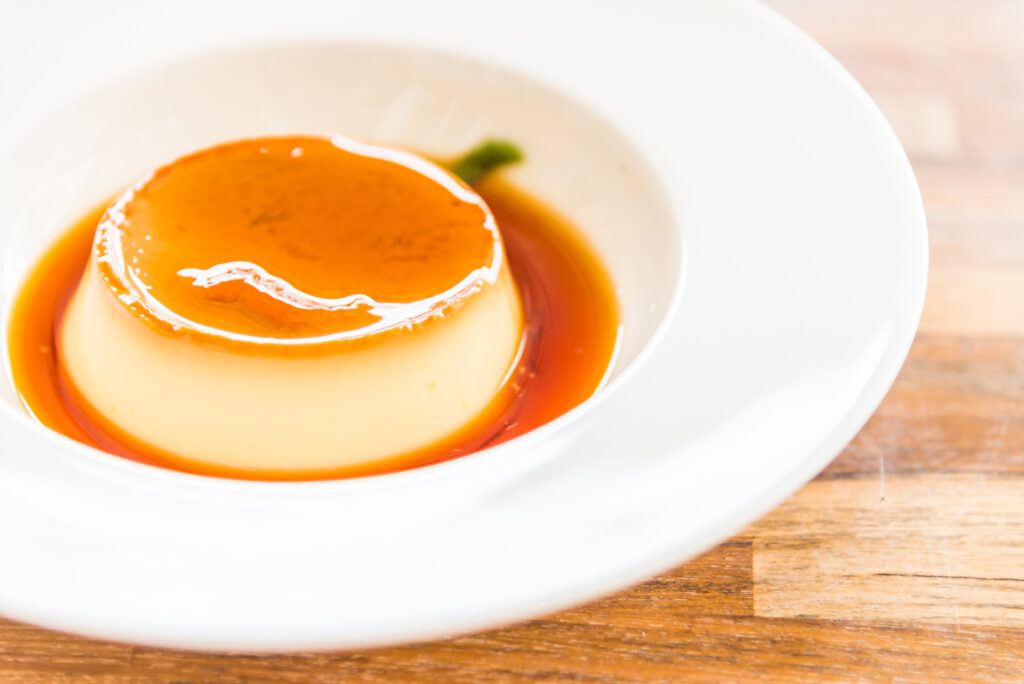
Mousse and custards are the epitome of elegance in the dessert world. While both are creamy and indulgent, they differ in texture, preparation, and versatility. With the right techniques and understanding of their science, you can create flawless mousses and custards to impress any guest. Chef Abdul provides a detailed guide to mastering these two classic desserts.
Mousse
Examples:
Custard
Examples:
Chef Abdul’s Tip: “A perfect mousse should be light yet rich, while a custard should be silky and smooth.”
Common Issues:
Chef Abdul’s Tip: “Temper chocolate or gelatin into the base gradually to avoid lumps.”
4. Techniques for Custards
Common Issues:
Chef Abdul’s Tip: “A water bath ensures even cooking and prevents cracking or curdling in baked custards.”
Chocolate Mousse
Ingredients:
Instructions:
Crème Brûlée
Ingredients:
Instructions:
Mousse and custards are versatile desserts that showcase the magic of culinary science. You can create impressive, crowd-pleasing treats for any occasion by mastering these techniques. As Chef Abdul says, “Perfecting mousse and custards is about patience, precision, and passion.” Practice these recipes and bring sophistication to your dessert repertoire!
Chef Abdul © Copyright 2024. All rights reserved.